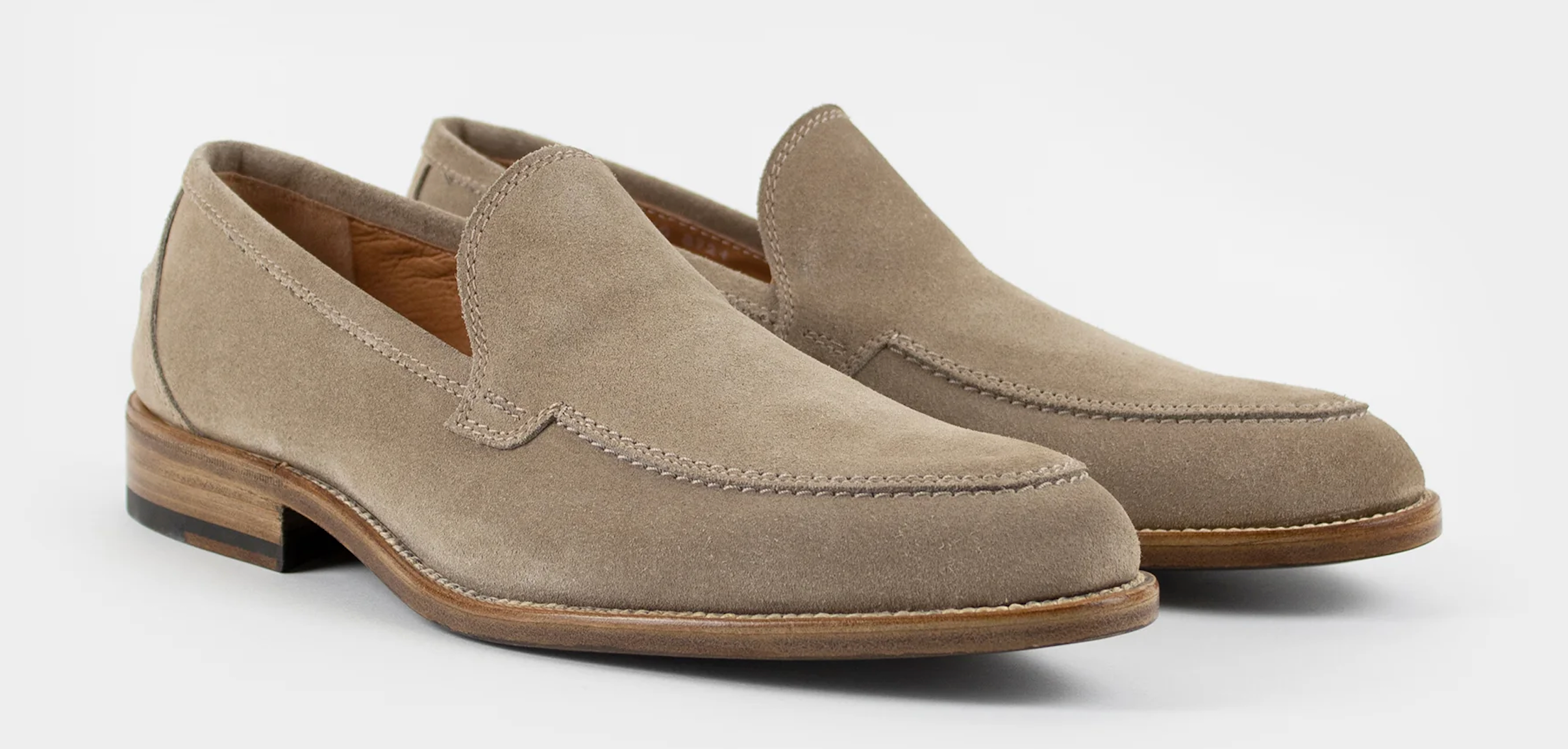
Slip Into Style: A Journey Through the Origins of the Loafer Shoe
In the world of men's footwear, few styles combine timeless elegance and effortless comfort quite like the loafer. The loafer shoe, with its distinctive slip-on design and versatile appeal, has become a staple in the wardrobes of fashion-forward individuals worldwide. But have you ever wondered about the origins of this iconic shoe? Join us on a journey through time as we explore the fascinating history of the loafer.
The Birth of a Classic
The loafer, as we know it today, can trace its roots back to the early 20th century. Its birthplace is often credited to Norway, which is why it's sometimes referred to as the "Norwegian" or "Norwegian-style" loafer. The story goes that Norwegian shoemakers in the 1930s drew inspiration from traditional moccasins worn by indigenous peoples in North America. These moccasins were known for their comfortable slip-on design, and the Norwegians aimed to adapt this concept into a stylish and practical shoe.
The Penny Loafer Legend
One of the most iconic variations of the loafer is the penny loafer, which gained immense popularity in the mid-20th century. This style is characterized by a strap across the front of the shoe with a diamond-shaped cutout, traditionally meant for holding a penny. Hence the name "penny loafer." Legend has it that American prep school students in the 1950s began slipping pennies into these slots as a practical joke, and the trend caught on, becoming a symbol of casual sophistication.
The Influence of Ivy League Style
The loafer's rise to prominence was closely tied to the Ivy League fashion trend that emerged in the United States during the mid-20th century. The clean lines and comfortable design of the loafer perfectly complemented the preppy, collegiate look. It became a favored choice among students at prestigious institutions like Harvard and Yale, further solidifying its place in the world of fashion.
Global Recognition and Evolution
Over the years, the loafer transcended its American roots and gained international recognition. It found favor among European fashion enthusiasts and became a symbol of sartorial elegance. Italian shoemakers, in particular, contributed to the loafer's evolution, introducing various styles and materials, from the classic leather to luxurious suede and exotic skins.
Modern Interpretations
Today, the loafer has evolved to include a wide range of styles, from traditional penny loafers to tassel loafers and horsebit loafers. Designers and shoemakers continually experiment with materials, colors, and details, making the loafer a versatile choice for both casual and formal occasions. It remains a timeless piece of footwear that effortlessly combines comfort and style.
Conclusion
The loafer shoe's journey from the Norwegian countryside to the world's fashion capitals is a testament to its enduring appeal and versatility. Its history is rich with innovation and adaptation, reflecting the ever-evolving nature of fashion. Whether you opt for a classic penny loafer or a modern twist on this timeless style, slipping into a pair of loafers is not just a fashion statement; it's a nod to a legacy that continues to shape the way we dress and express ourselves. So, next time you slip your feet into a pair of loafers, remember the fascinating history behind this beloved footwear icon.
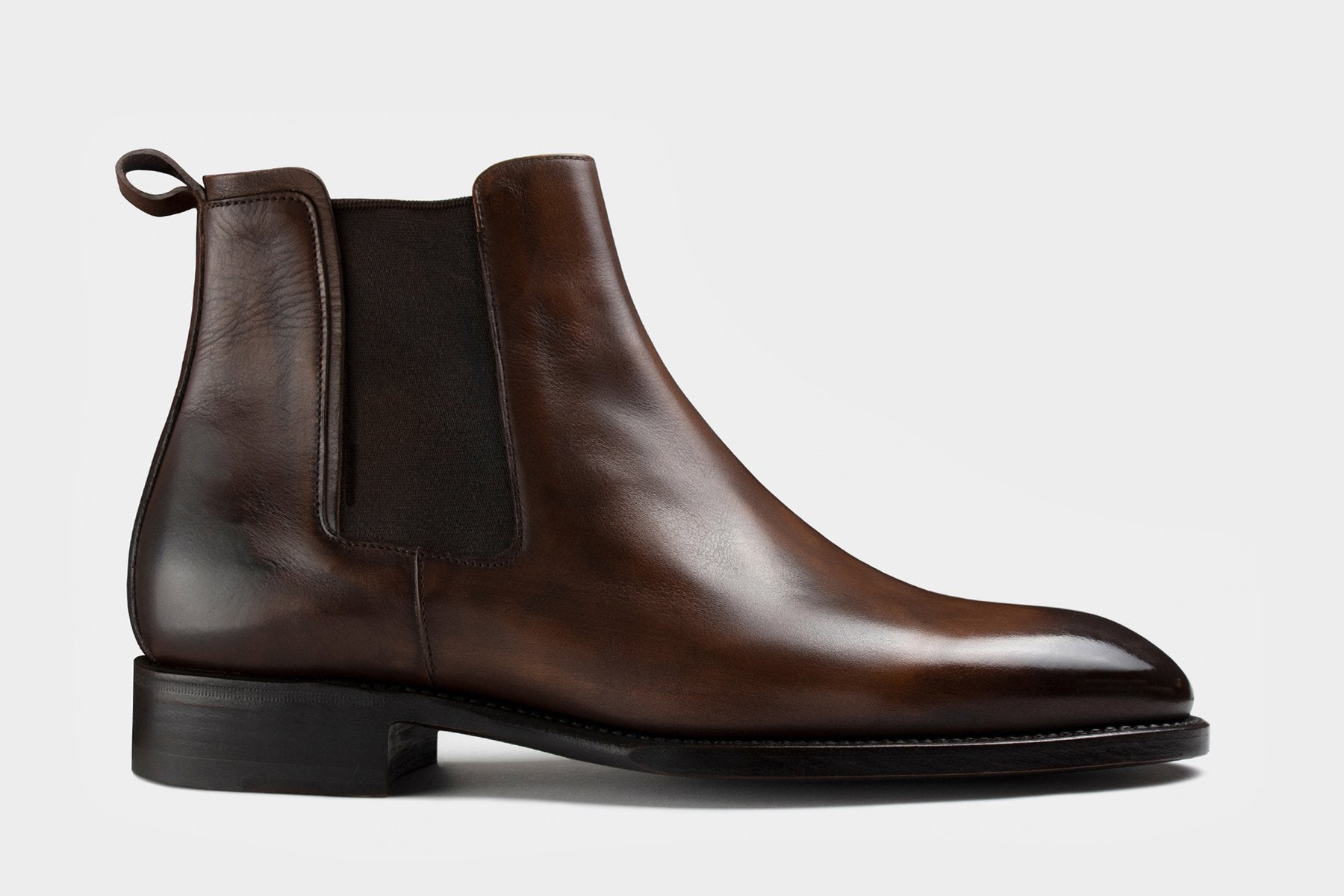
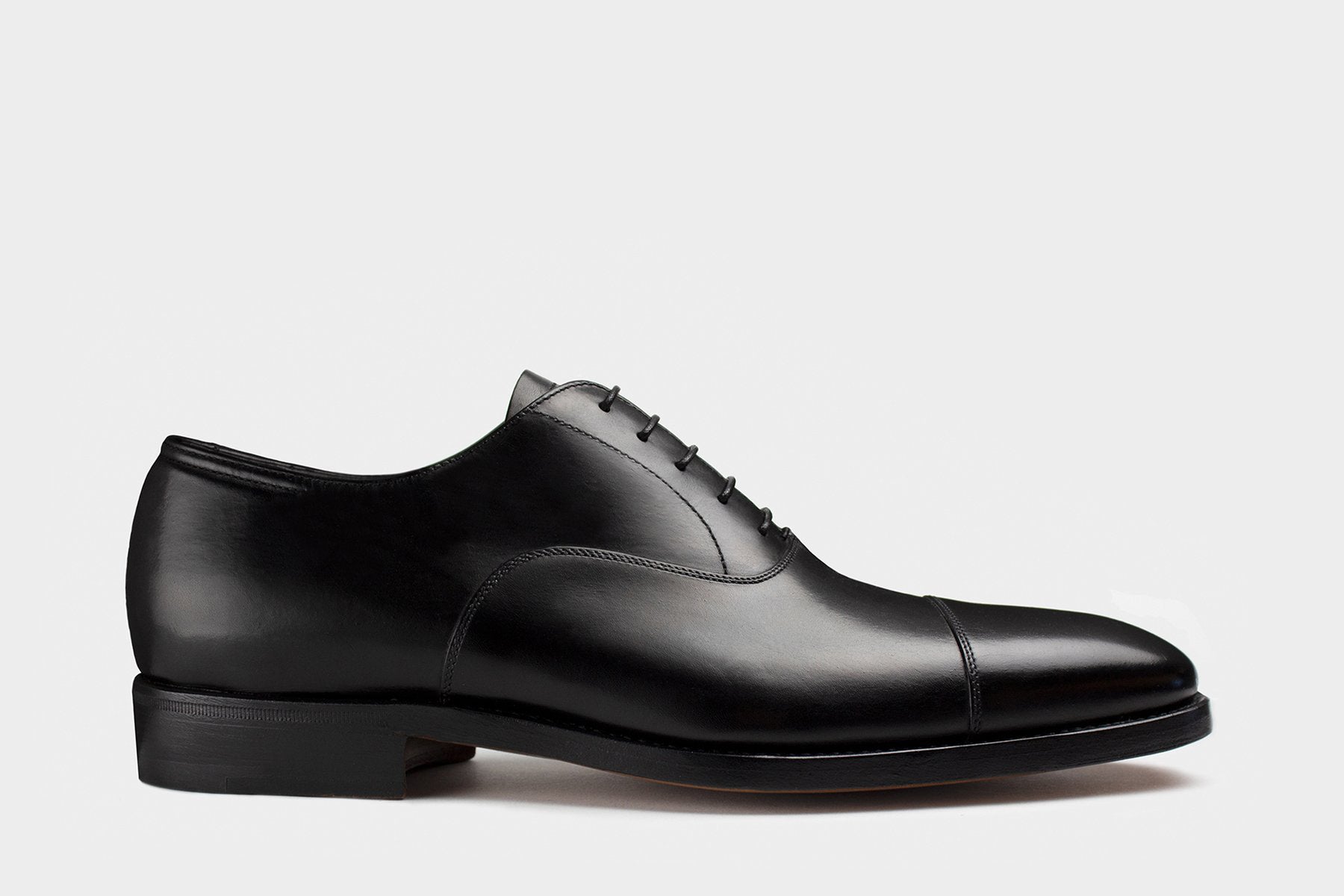
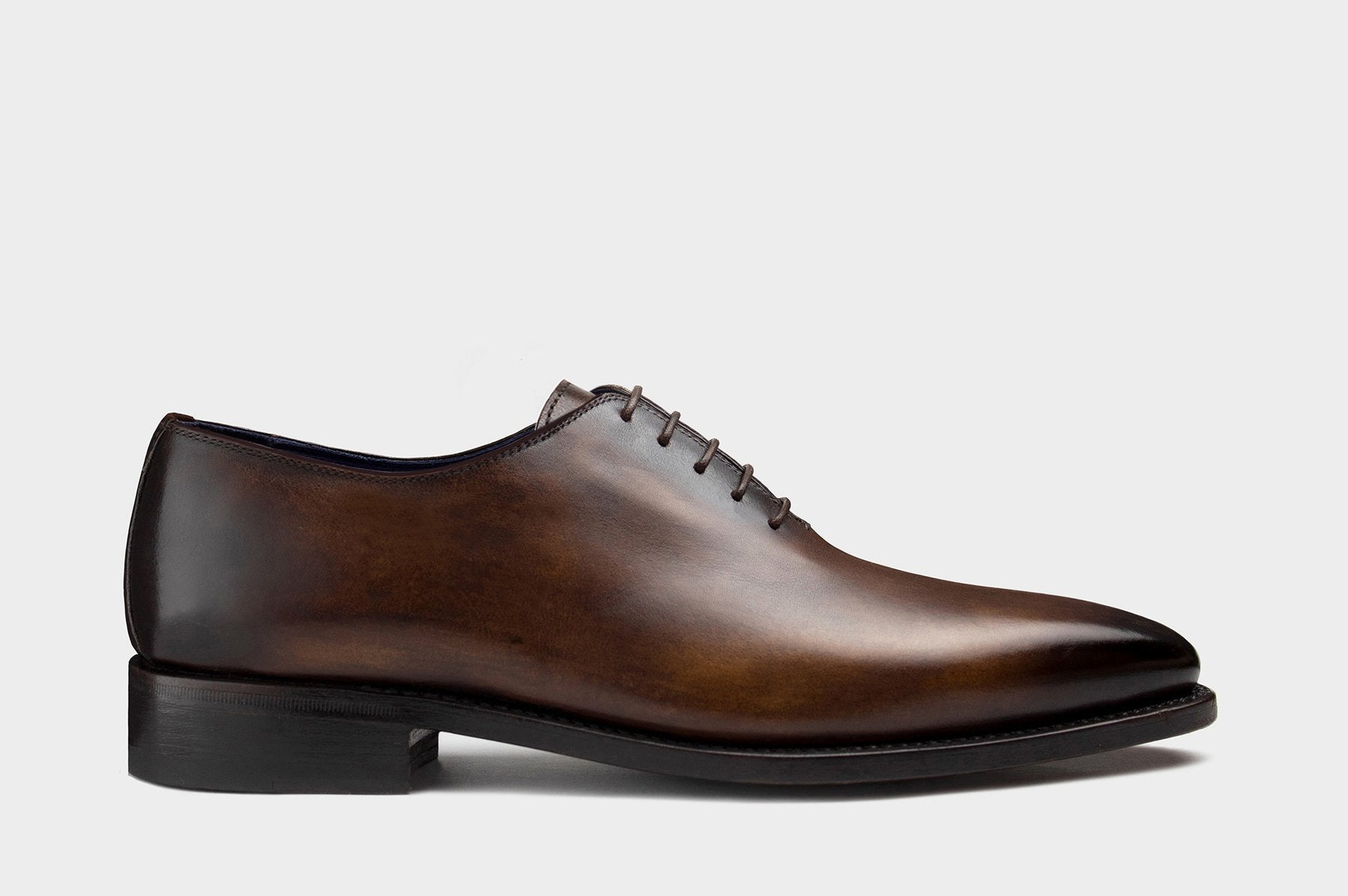
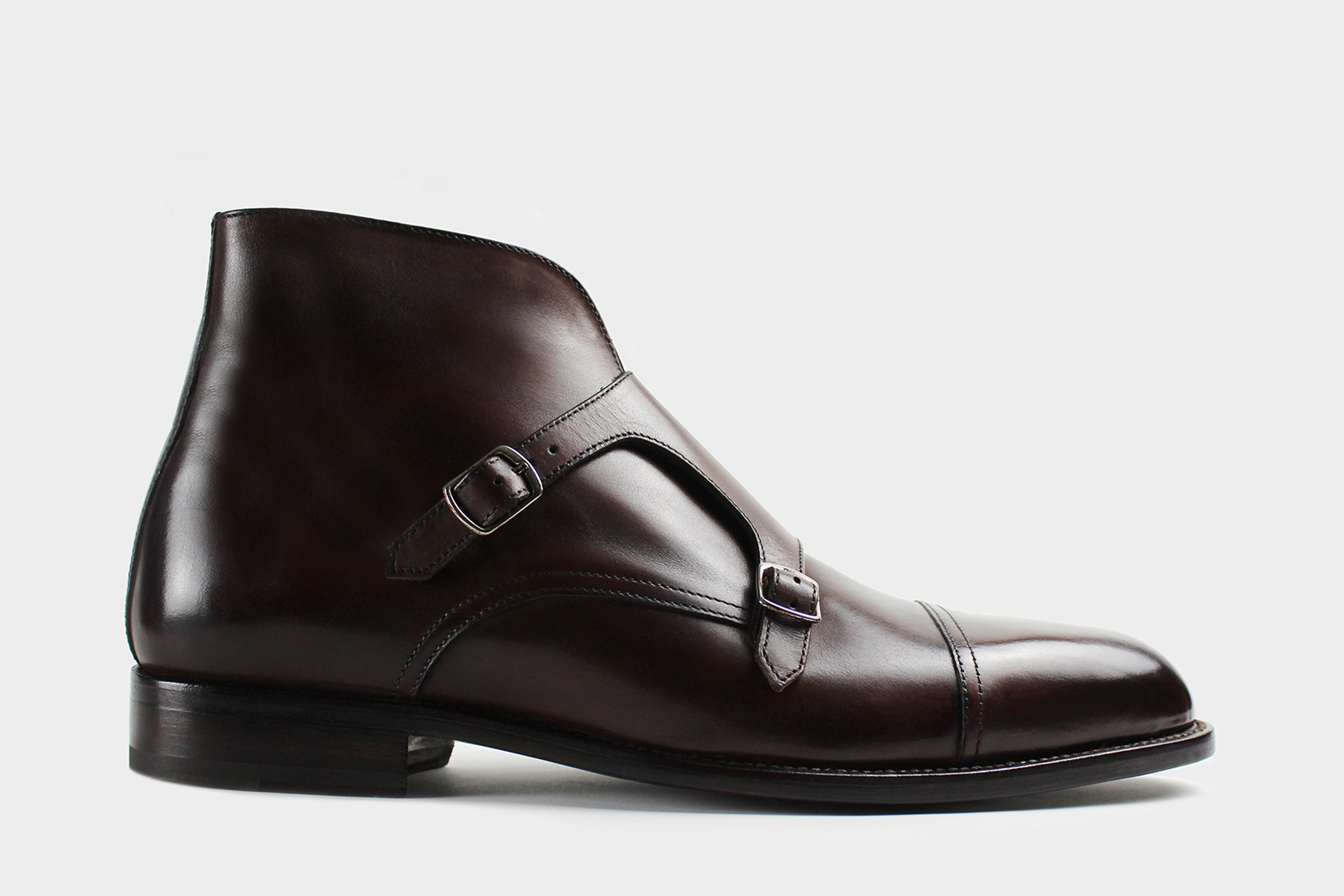
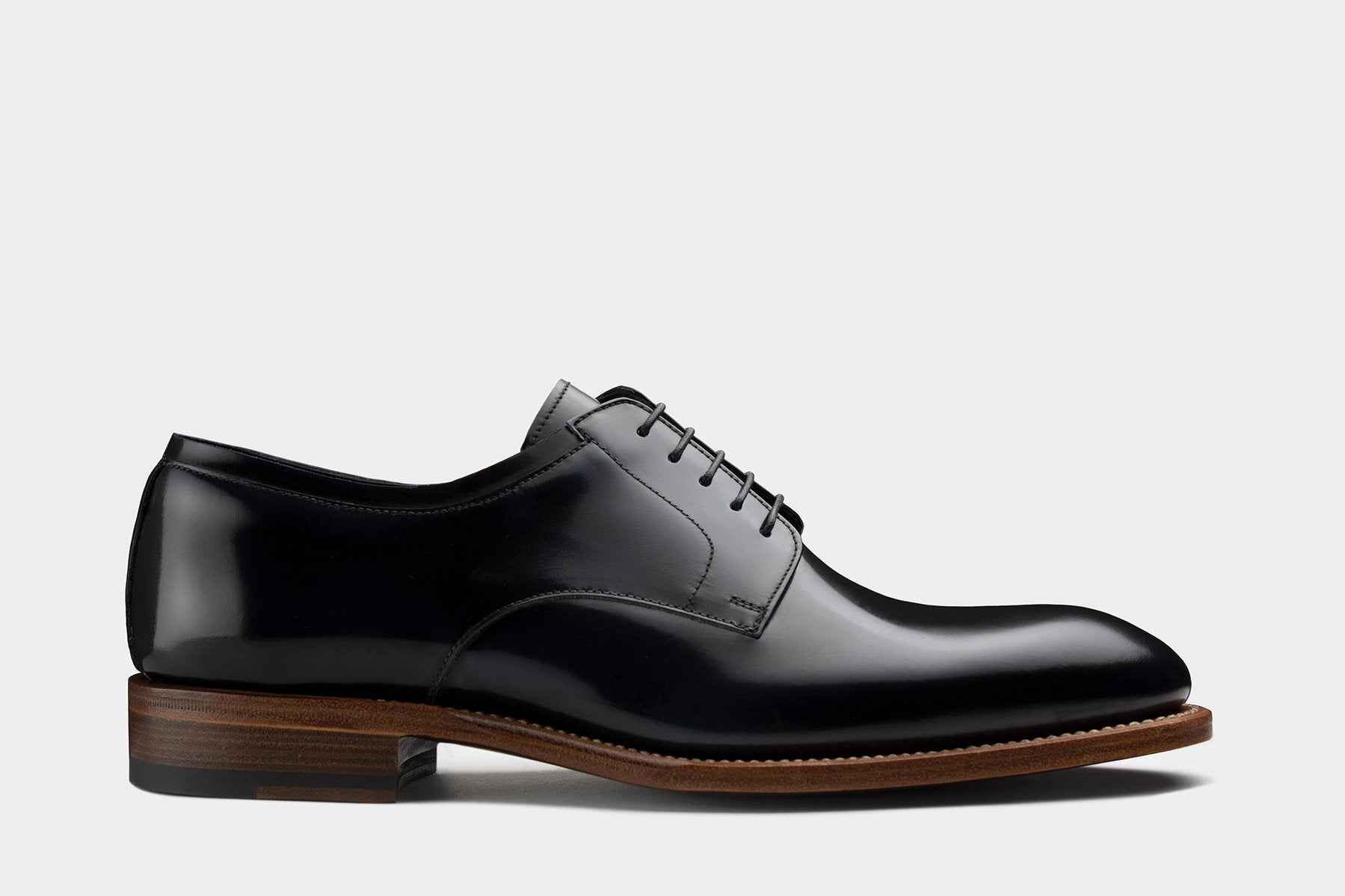
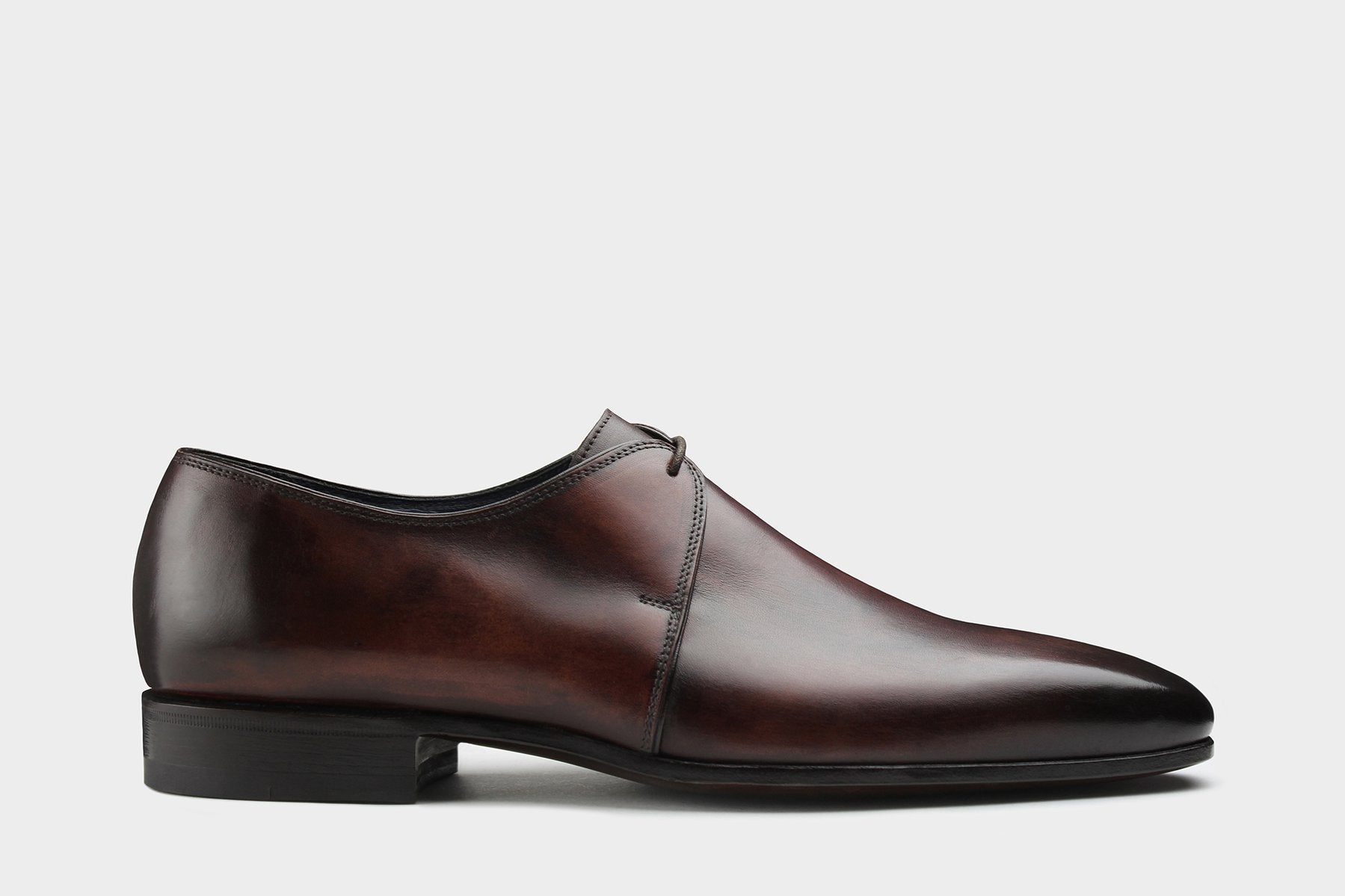
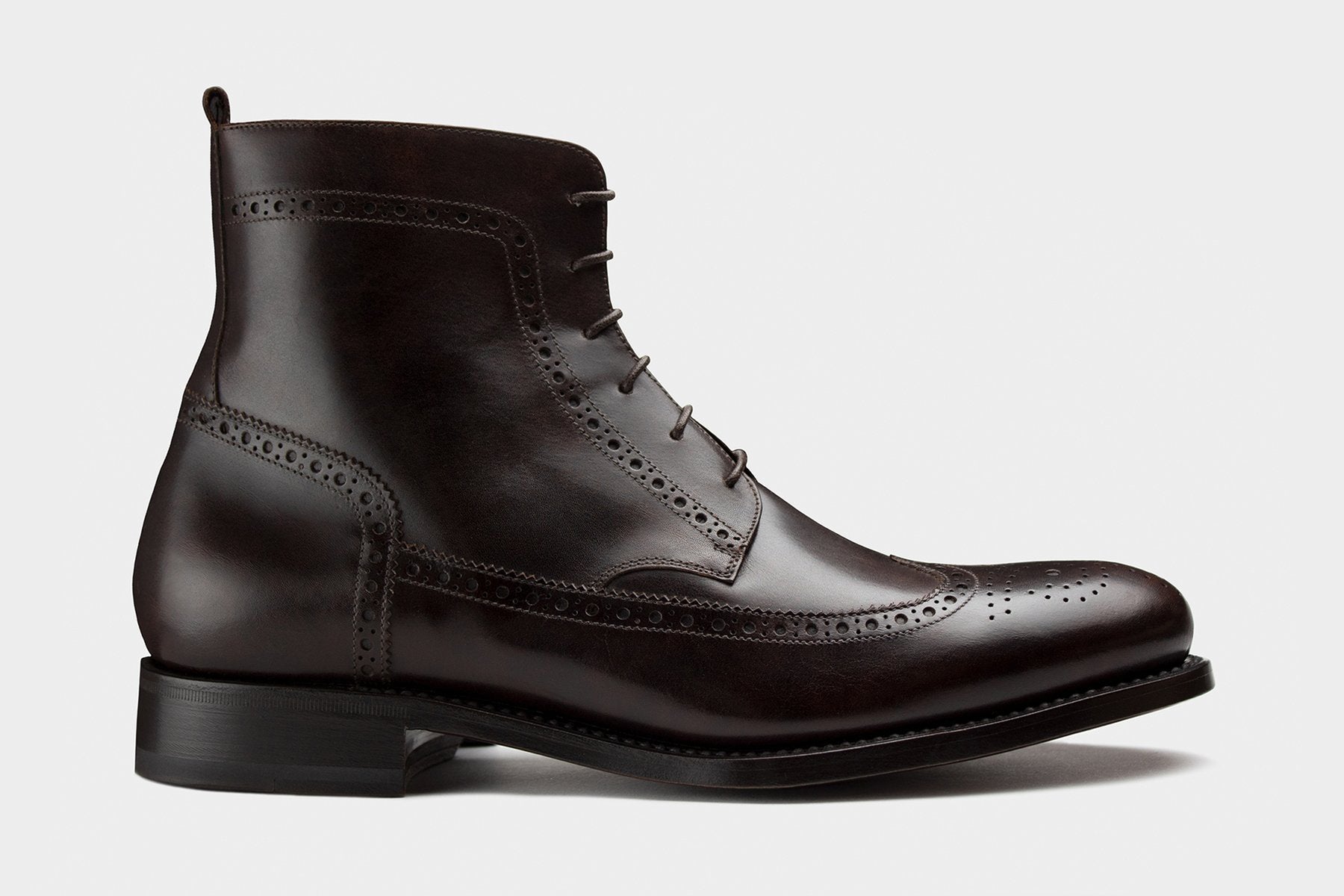
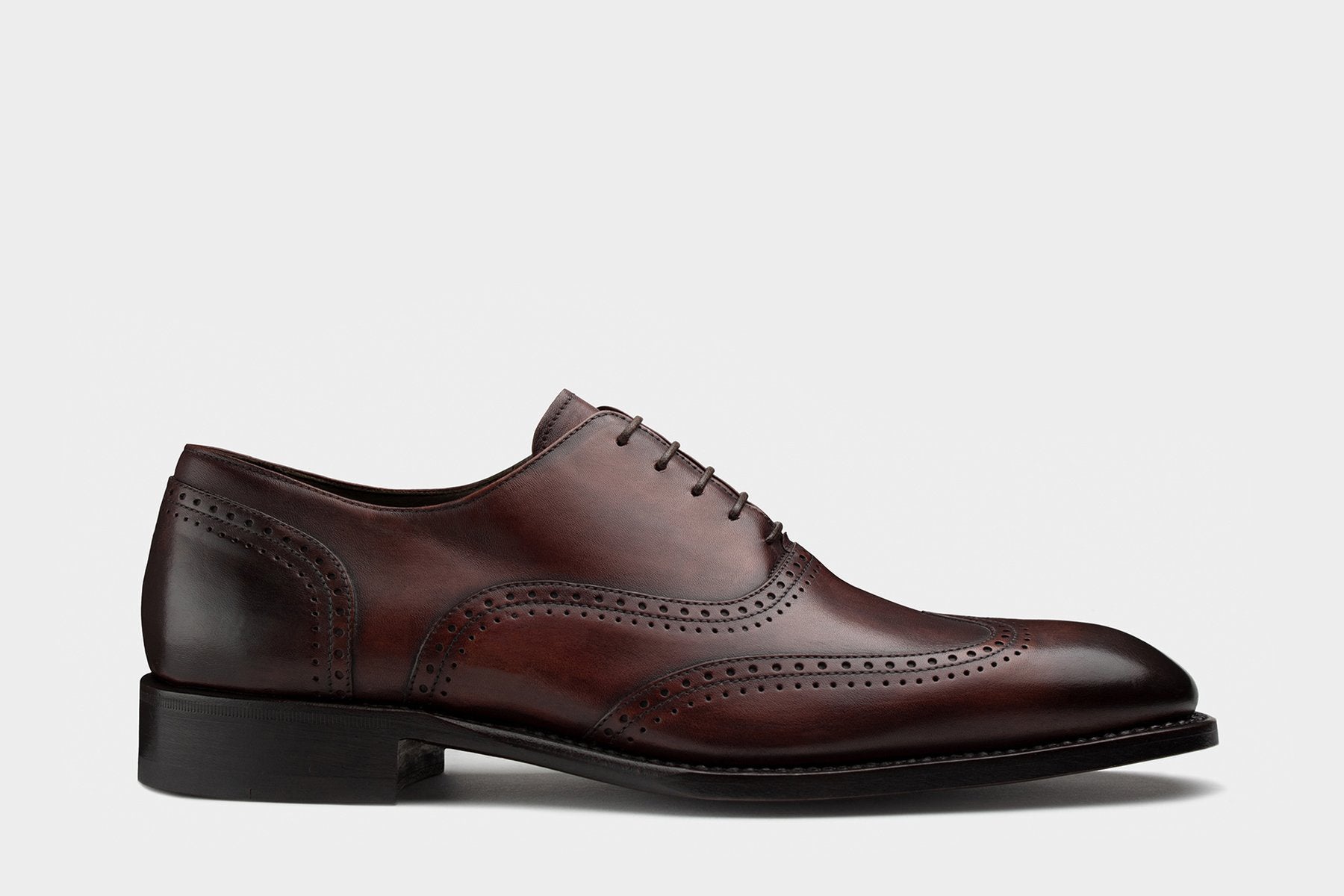
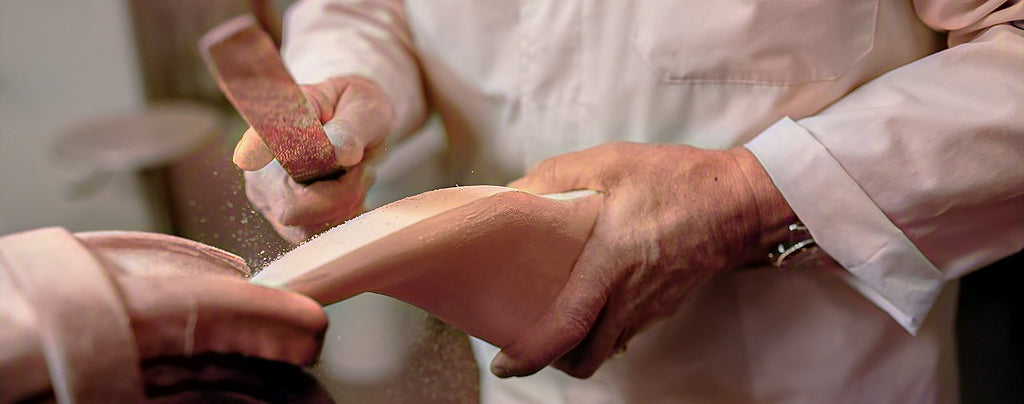
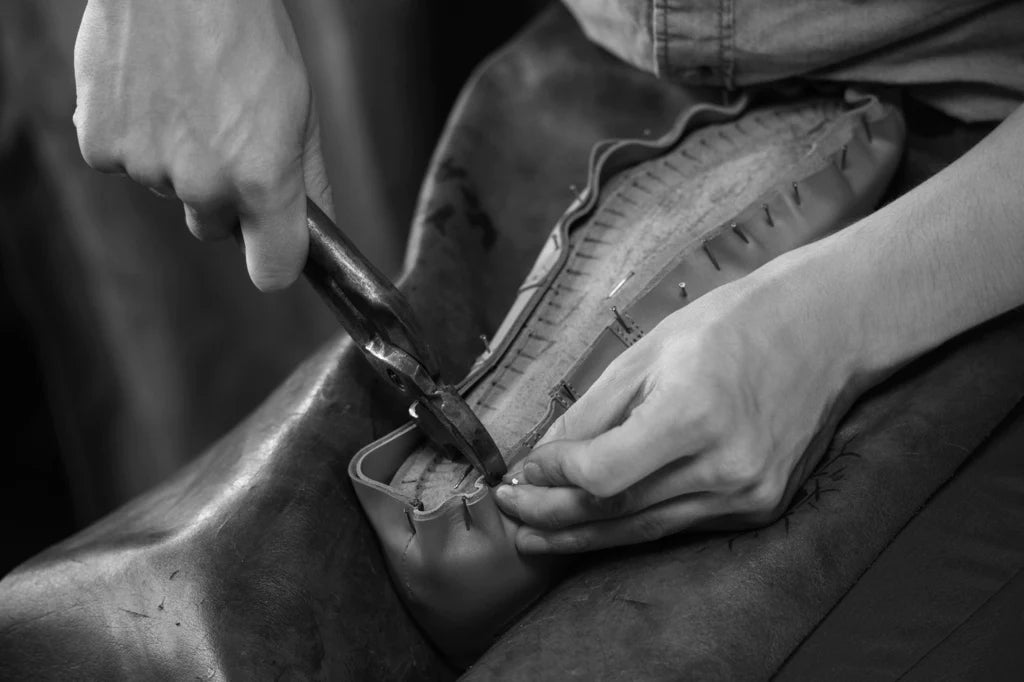



Leave a comment
This site is protected by hCaptcha and the hCaptcha Privacy Policy and Terms of Service apply.